Deep-freezing the dead: how cryopreservation could save us from terminal illness
Could medical science ever bring a frozen, clinically deceased person back to life?
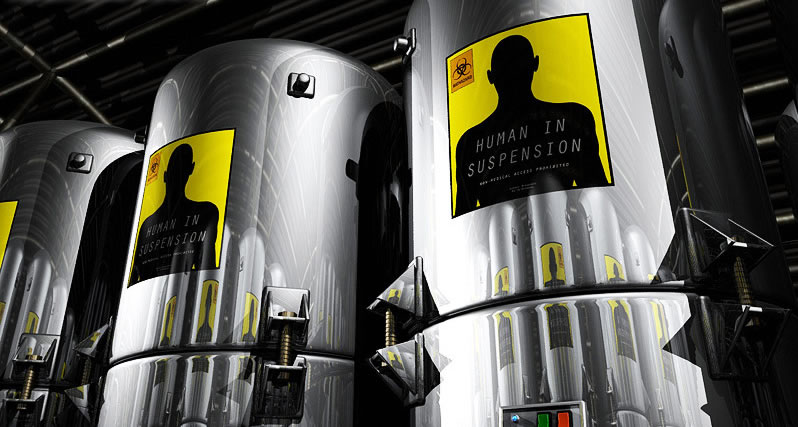
Update: In light of a recent landmark ruling in the UK, we're raising this piece as a more in-depth look at the controversial process of cryopreservation.
Cryogenics and sleeping pods are a common sci-fi trope, but the idea of intentionally freezing the ill or 'declared dead' until such a time when science may revive them from their mortal slumber isn't so far-fetched – at least according to supporters of the practice.
The act of preserving those who can't be helped by contemporary medicine – known in the business as cryonics – is already a reality, although some would argue one based on faith rather than science.
"I figure the future is a pretty decent place to be, so I want to be there," says Max More, CEO of Alcor, one of the largest cryonics companies currently in existence.
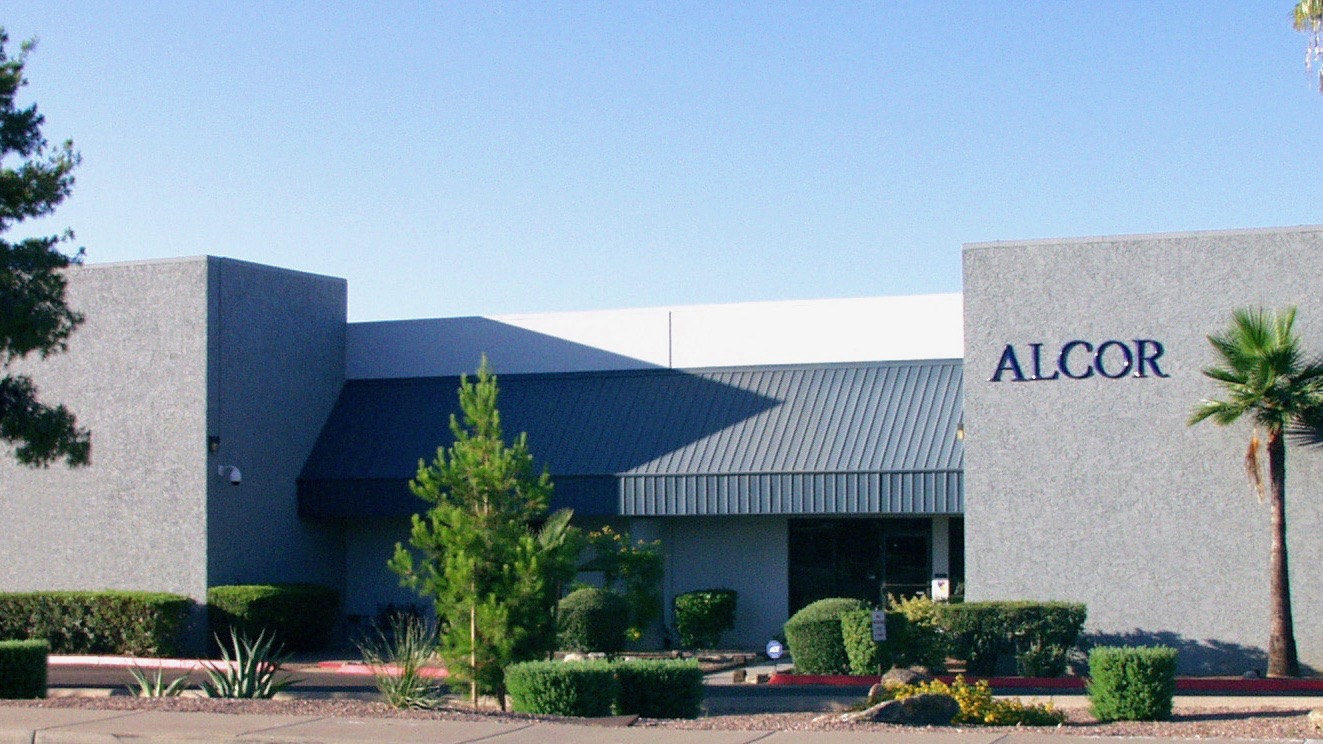
Founded back in 1972, the self-described 'Life Extension Foundation' currently has 1,100 post-mortem 'patients' stored in towering, vacuum-insulated silver capsules at its Arizona-based facilities.
Each 'dewar' is regularly topped up with liquid nitrogen, which keeps the bodies inside at a cool 196 degrees below zero.
People who sign up for Alcor's services pay an annual membership fee of $525 (£404, AU$696), but at the moment of death when Alcor's specialists are legally allowed step in, patients' bank accounts are relieved of $80,000 (£61,528, AU$106,023) in order to have their brains frozen, or up to $200,000 (£153,820, AU$265,058) for whole-body cryopreservation.
Get daily insight, inspiration and deals in your inbox
Sign up for breaking news, reviews, opinion, top tech deals, and more.
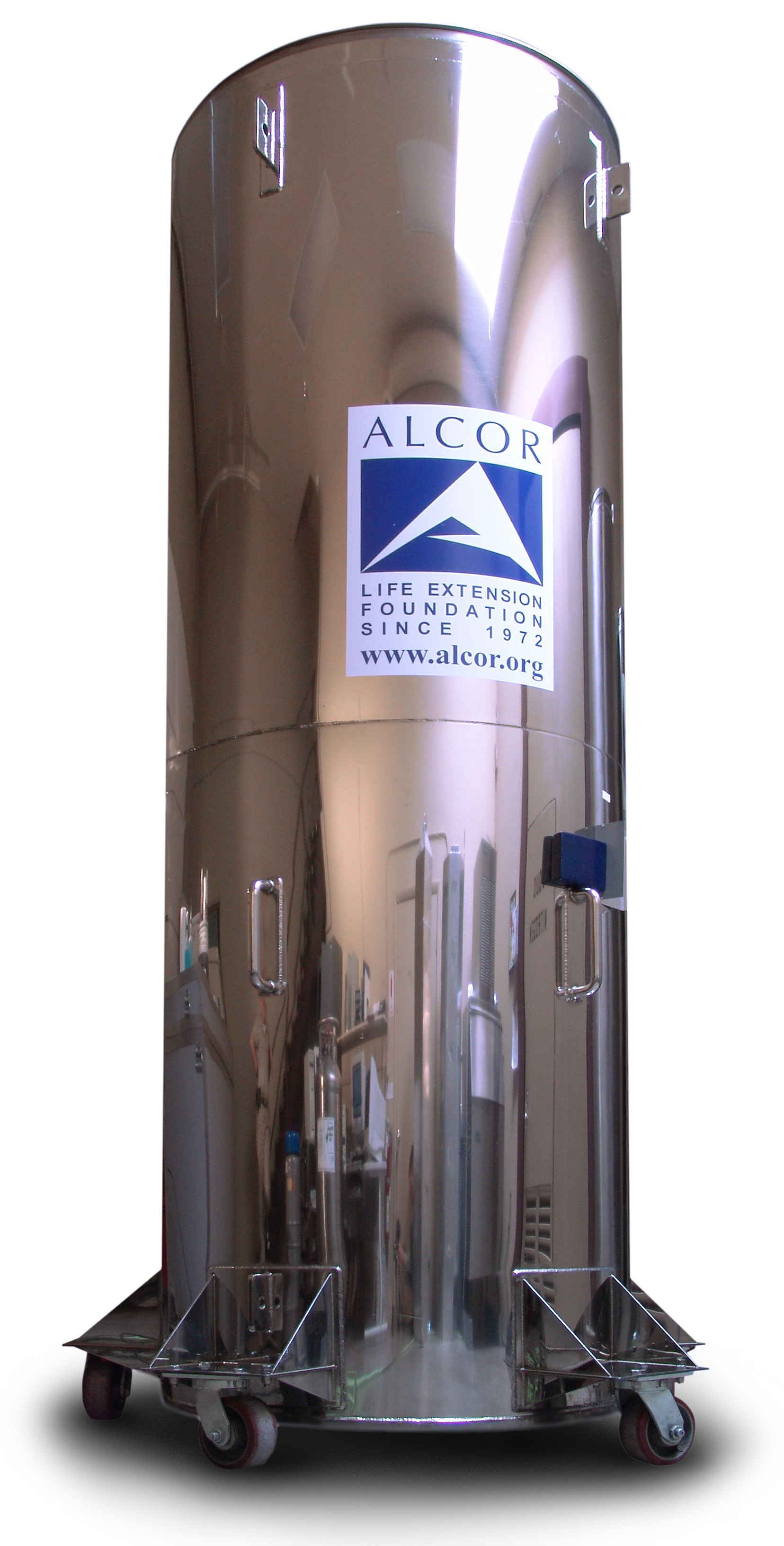
Some have even enrolled their pets as members for when the sad day inevitably arrives.
Critical to the entire process is maintaining the patients' biological integrity after their last breath. That means limiting the interval between death and cryopreservation as much as possible, which is where Alcor's standby team comes in.
"A standby team is what the name implies," says More. "They stand by and wait until clinical death has been declared.
"That's not the same as biological death. Essentially, today's doctors are saying, 'there's nothing much more I can do for this patient, I could try and revive them for a while, but they're just going to die again'. So at that point the standby team goes into action."
In a race against time, the clinically dead patient is packed into dry ice and rushed from hospital to Alcor's stabilisation facility, where the body is put into an ice bed and a heart-lung resuscitator is used to get the blood circulating again.
The standby team then mainlines a cocktail of chemicals into the body to protect the cells from further deteriorating, after which all the bodily fluids are siphoned off and replaced by a medical-grade antifreeze solution.
Following a bit of invasive surgery aimed at preventing the buildup of ice crystals in critical neurological regions, the body is slowly cooled down over the course of weeks and eventually stored in a closely-monitored cryo-chamber, until able scientists can come to the patient's rescue. Well, that's the theory.
False promises?
For its supporters, cryonics offers the elixir of immortality, but there are huge obstacles to overcome if this transhumanist vision of the future is to make the leap from the pages of pulp sci-fi novels to real-life medical laboratories.
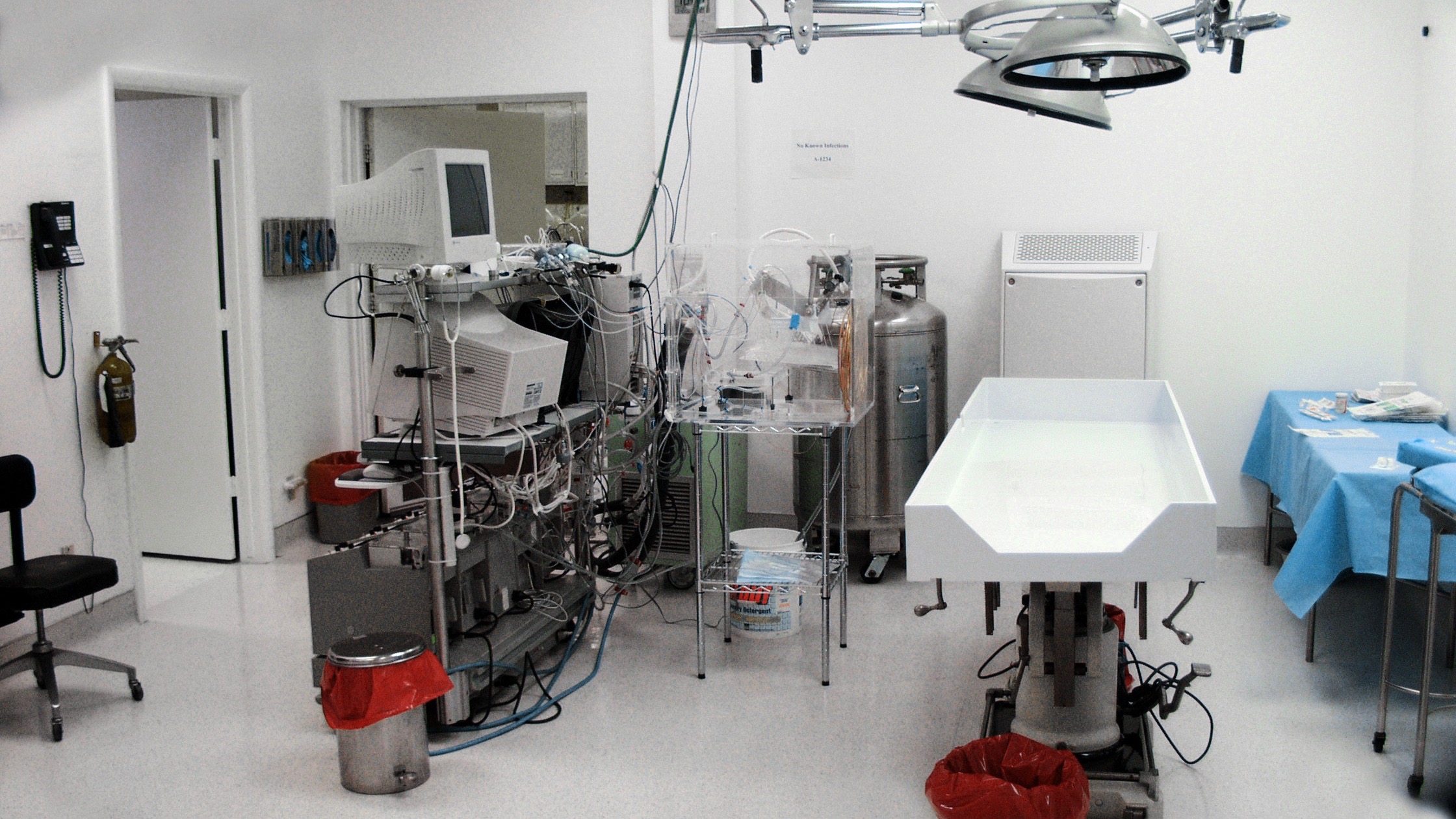
For starters, there's no sure-fire way to determine if a patient has suffered irreversible damage due to ischemia – a lack of blood flow between the moment of clinical death and cryopreservation – which can often span minutes to days.
But besides the risks of ischemia, the very act of freezing brings its own seemingly intractable problems.
Cryonic teams 'vitrify' patients with cryoprotectant solutions to reduce ice crystal formation, because ice is less dense than liquid and therefore takes up more space in the body, meaning its occurrence causes massive damage to cell membranes. But there's currently no way to ensure it's eliminated completely.
"We simply don't know if subjects have been damaged to the point where they've 'died' during vitrification, because the subjects are now inside liquid nitrogen canisters," says cryobiologist Dayong Gao (cryobiology is the established field of studying organic tissue at low temperatures).
Based on his experience in organ transplants, biochemist Ken Storey remains equally unconvinced: "Even if you only wanted to preserve the brain, it has dozens of different areas, which would need to be cryopreserved using different protocols," he says.
Not only that, tiny ice crystals can also grow during the process of rewarming (devitrification), meaning future scientists would need to have solved the same problem on the other side, so to speak.
Yet that hasn't completely quelled excitement among the learned. To date, 69 scientists from institutes such as MIT, Harvard, NASA and Cambridge University have put their signatures to an open letter that sits proudly on a website for 'evidence-based cryonics', asserting that the field is a legitimate science-based endeavour.
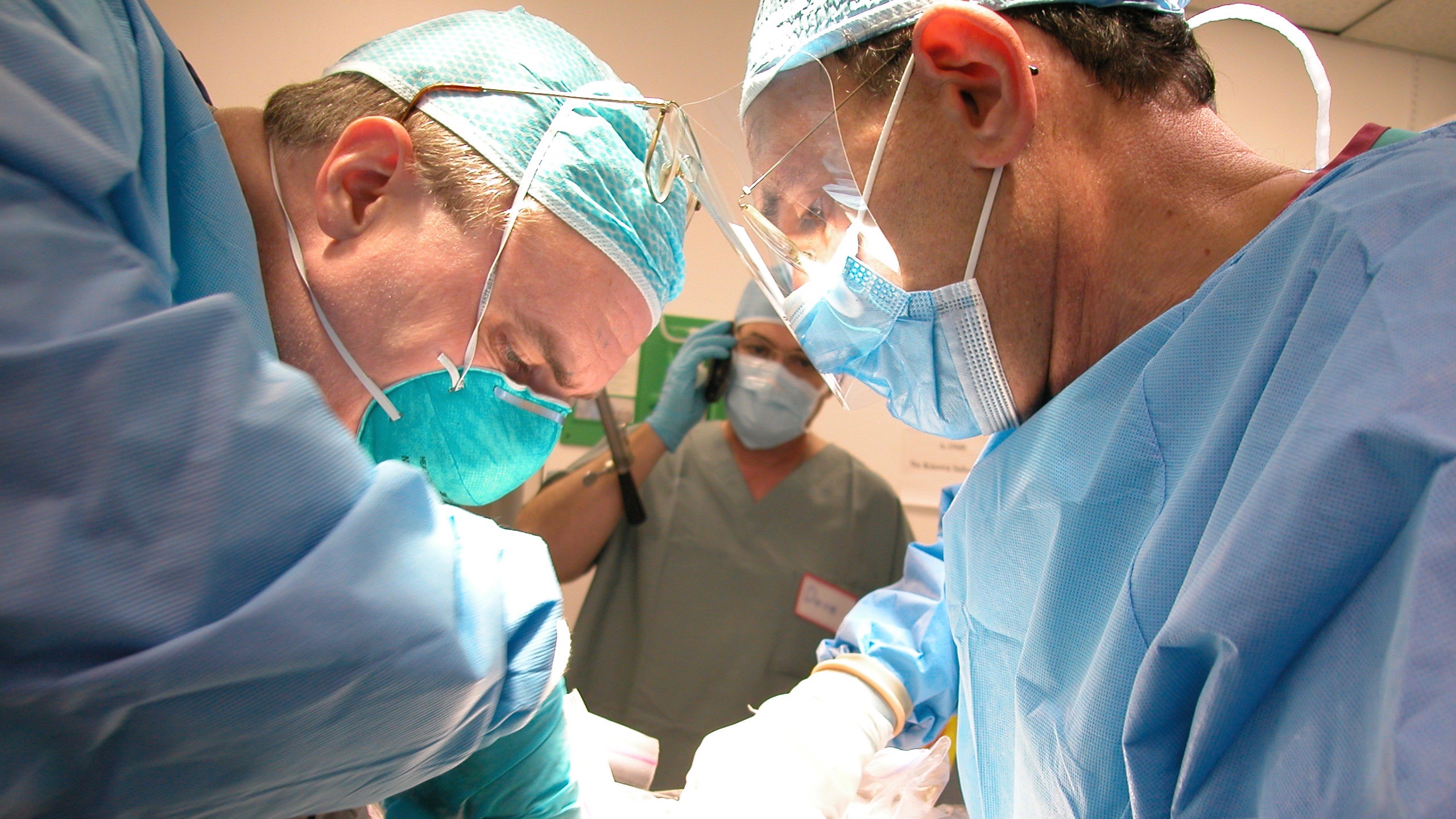
It argues that cryonics, performed under optimal conditions, could preserve sufficient neurological information to permit eventual restoration of a person to full health, and points to future breakthroughs like nanotechnology that may aid cellular repair and tissue regeneration at the molecular level.
A logical progression
Critics continue to decry cryonics as a pseudoscience that conflates what is theoretically conceivable with what is practicably possible. Advocates, on the other hand, ask us to put faith in a different kind of logic.
They urge us to trust our intuition about presently non-existent technology, and argue that progress in these fields of study will only continue, therefore the real question regarding post-mortem revival is not 'if?' but 'when?'
"Death is a grey line and it's always moving," says Dennis Kowalski, president of the Cryonics Institute, another organisation that claims over 1,000 living members.
"What might have been terminal 150, 15, or even five years ago is treatable today. From that perspective, a storehouse of frozen bodies is no more macabre than a heart transplant, a medical procedure once considered grotesque."
Alcor's CEO is, of course, just as optimistic. "We'll look back on this 50 to 100 years from now," More says.
"We'll shake our heads and say, 'What were people thinking? They took these people who were very nearly viable, just barely dysfunctional, and they put them in an oven or buried them under the ground, when there were people who could have put them into cryopreservation.'
"I think we'll look at this just as we look today at... human sacrifice, and we'll say, 'this was insane – a huge tragedy.'"
Futurists would agree. For only time will tell us if the conquest of death and the continuation of life can be achieved through speculative technological means, but those interested in living 'forever' should be prepared for a long wait.
Main image credit: Explaining the future